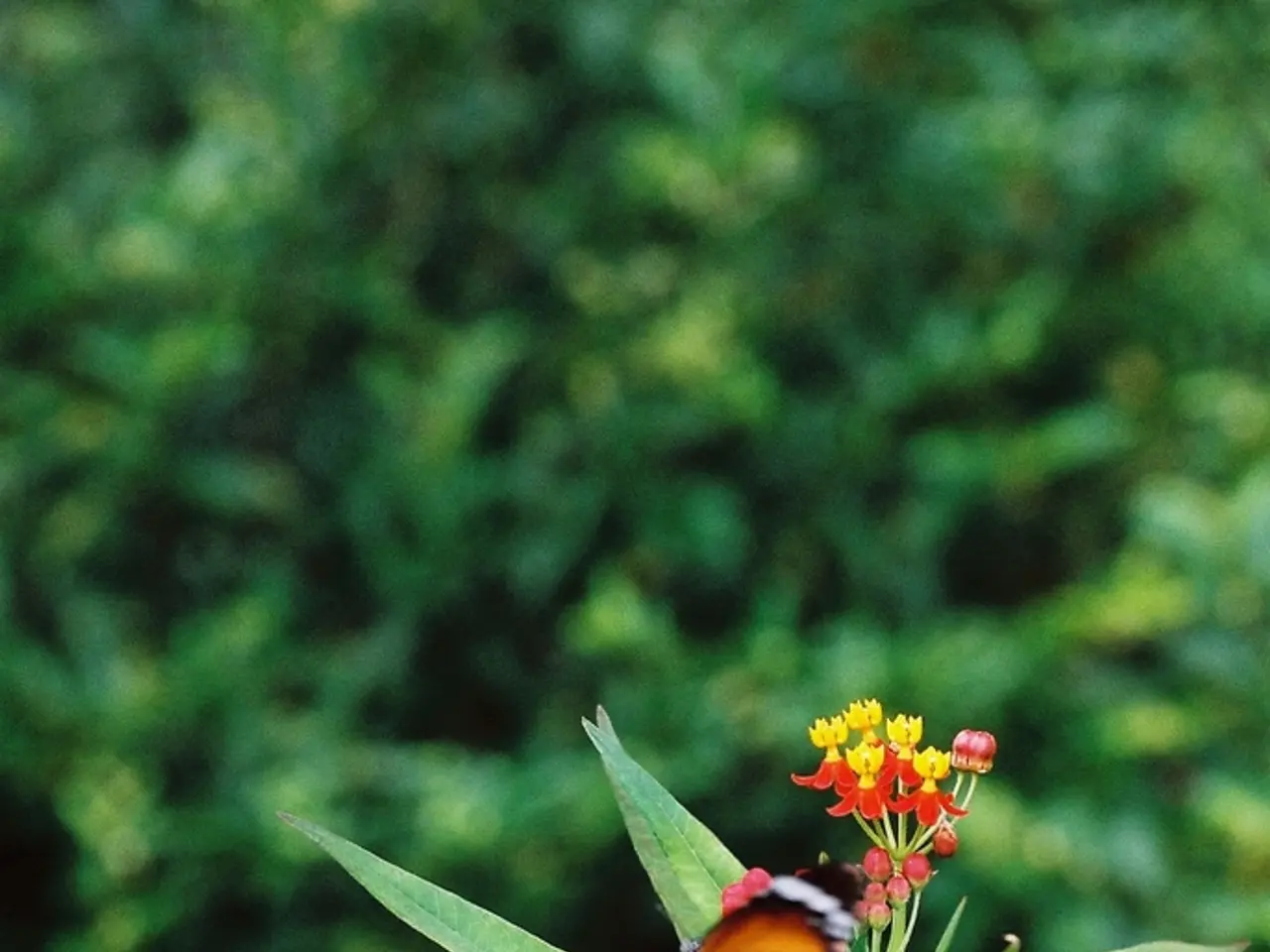Planting this particular species can aid endangered monarch butterflies, and surprisingly, you can still plant it in your garden this summer to help.
The monarch butterfly migration, a remarkable journey spanning 3,000 miles from various parts of the U.S. and Canada to central Mexico, is facing a sharp decline in recent years. A recent study by the Xerces Society for Invertebrate Conservation revealed an 96% drop in the overwintering population of monarchs along the California coast and in Arizona from 2023 to 2024.
One of the major reasons for this decline is the reduction of habitat, especially the loss of native milkweeds. According to Kylee Baumle, a butterfly expert and writer based in Northwest Ohio, this loss is a significant factor in the decline of monarch butterfly numbers.
To help the monarch butterfly migration, it's essential to plant native milkweed species suited to your US hardiness zone and region. Different milkweed species thrive in different conditions, so selecting the right type for your climate is crucial for supporting monarchs effectively.
For example, Swamp milkweed (Asclepias incarnata) grows well in moist soil and can thrive as far north as USDA zone 3. On the other hand, Butterfly weed (Asclepias tuberosa) prefers dry, sunny spots and also grows well down to zone 3. These examples show suitable milkweed for northern regions, but other species are better for warmer zones.
Planting milkweed in gardens, parks, container pots, or green spaces provides essential habitat for egg-laying female monarchs and caterpillars. Ideally, plant milkweed in spring, but any time is possible, even late summer, allowing plants to establish before cooler weather arrives. Perennial milkweed will return each year, sustaining monarch populations over time.
It's also important to provide enough milkweed plants to meet caterpillar feeding needs. One or two plants may attract butterflies, but multiple plants or species are better to avoid running out of food for growing caterpillars. In addition to milkweed, planting nectar-rich flowers nearby fuels adult monarchs during breeding and migration stages.
Avoid pesticides and protect overwintering habitat to support monarch survival along migration routes. Following regional planting guides, such as those provided by the Xerces Society or local monarch conservation groups, will help you select the most appropriate milkweed species and care tips based on your location.
By planting and maintaining native milkweed suited for your hardiness zone and region, you provide essential resources that help sustain, restore, and support the monarch butterfly migration and population health across North America.
Live milkweed plants are available now via Amazon, and if planting in containers, ensure the pot is large enough and the plants receive plenty of sun on a patio or terrace. Every backyard allowing space for milkweed could have a game-changing impact on monarch butterflies.
Insect populations can quickly respond to environmental and habitat changes, and with your help, the monarch butterfly population can recover and continue its remarkable migration for generations to come.
Adopting a home-and-garden lifestyle that includes planting native milkweed species in gardens, parks, and green spaces could contribute significantly to the recovery of the declining monarch butterfly population. By supplying essential habitat for egg-laying female monarchs and caterpillars, these milkweed plants can help sustain the population and support the remarkable monarch butterfly migration.




